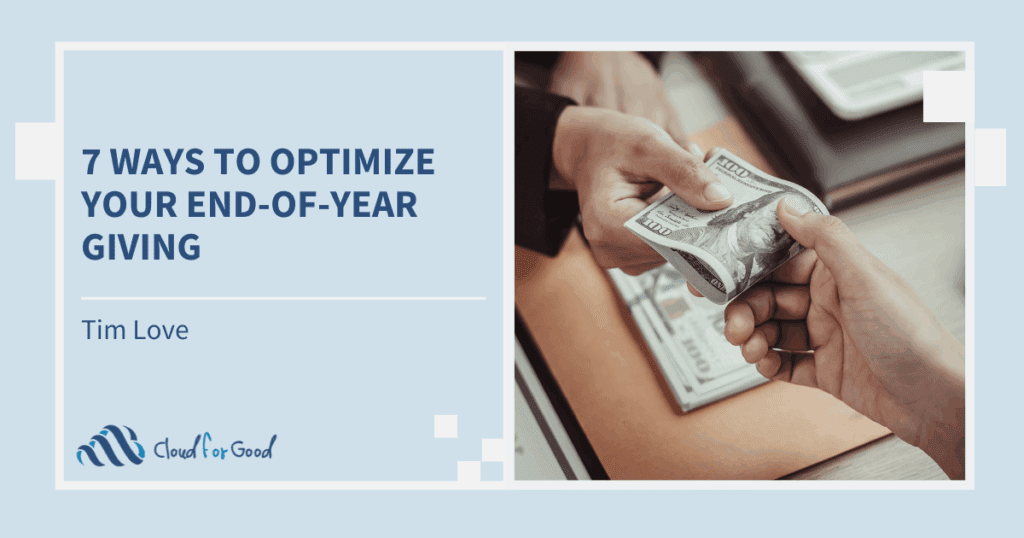My local Salesforce User Group recently had a meeting dedicated to Chatter, and I wanted to share some of the great tips I heard at the meeting, as well as some of the ways you can make Salesforce Chatter work for your nonprofit.
Chatter is essentially a tool for collaboration. When it was first rolled out, some people called it Facebook for business, and it’s easy to see the overlap, but in many ways it is more than that. As a leader at your nonprofit – whether you are the Executive Director, Chief Information Officer, Salesforce Administrator, or motivated staff member, it’s up to you to decide how Chatter can work for you, and then make it happen. This is an area where a partner like Cloud for Good can give you lots of suggestions, but you know your organization’s culture and business processes best, and change management must be internally driven.
So, to get you started, think about which processes at your nonprofit could be socially enabled. Salesforce offers a strategy called ENGAGE for rolling out Chatter, and this is the first step: E, for “Explore Business Processes”. If your nonprofit does a lot of fundraising (and I’d like to meet the nonprofit that doesn’t have to!), think about how your fundraising and development team currently collaborates and keeps up to date on the prospects they are cultivating. With Chatter, the fundraising team can follow the contact records for major donors and the donation or grant records for gifts that are being solicited. When a staff person has a conversation with a major donor, they can log the conversation to the major donor’s record using Chatter, and other users that are following the donor record will see the call notes in their personal Chatter feed.
Perhaps you are also trying to increase board member participation and help them stay engaged. Many nonprofits will create a private Chatter Group just for their board members. You don’t have to buy full Salesforce licenses for all of your Board members either – by giving them a Chatter Free license, they can access standard Chatter items such as people, profiles, groups, and files, but they can’t access any Salesforce objects or data. This can be a great way to allow board members to easily access and collaborate on files, and new board members can quickly get up to speed by reading through the group’s feed.
Navigate Rollout
Now that you’ve thought through some business processes that you’d like to enable with Chatter, the second step is to plan your uses, then follow the plan. Start with quick wins that are easy to implement and have a big impact on your organization, then move on to low hanging fruit that are also easy to implement but have less impact. Once you’ve gotten people connecting and coming back to Chatter, you can focus on the changes that are hard to implement but have a high impact on your organization.
Once of the first places to focus your efforts might be on streamlining your employee onboarding process through Chatter by giving new employees a place to go to ask questions and get quick answers from the team.
Using Chatter to share important information from the directors and senior managers at your nonprofit can also have a quick impact and drive adoption, especially if employees are encouraged to use Chatter to respond and ask questions.
Get Sponsors
Executive sponsorship is key to encouraging the use of Chatter at your nonprofit. It also helps to have a community manager – this could be someone who uses social media frequently in their personal life who can help get other users excited about the tool.
One of our user group members mentioned that her organization uses the topic #ChatterThatMatters to encourage posts that are relevant and useful. Your community manager can use Chatter topics like this to help users organize posts or increase their visibility. To keep make sure that topics stay useful, you can assign the Create Topics permission to select users.
Activate Users
Provide training and show your users how Chatter can help them. Another reason I love the idea of creating a topic for #ChatterThatMatters is that it encapsulates all the best things about Chatter. Chatter can help your users fearlessly ask questions, get answers, brainstorm, share files, and more.
You can create incentives in the first months to encourage people to post. This is another place where having your executives logging in, posting, answering questions, and liking employee posts can be very helpful.
Finally, you should be Gauging Success by measuring and monitoring how users are using Chatter. There are some new analytics for Chatter with Spring ’15 that can help with this, and in an upcoming post we will discuss other new Spring ’15 Chatter features.
Related Posts





